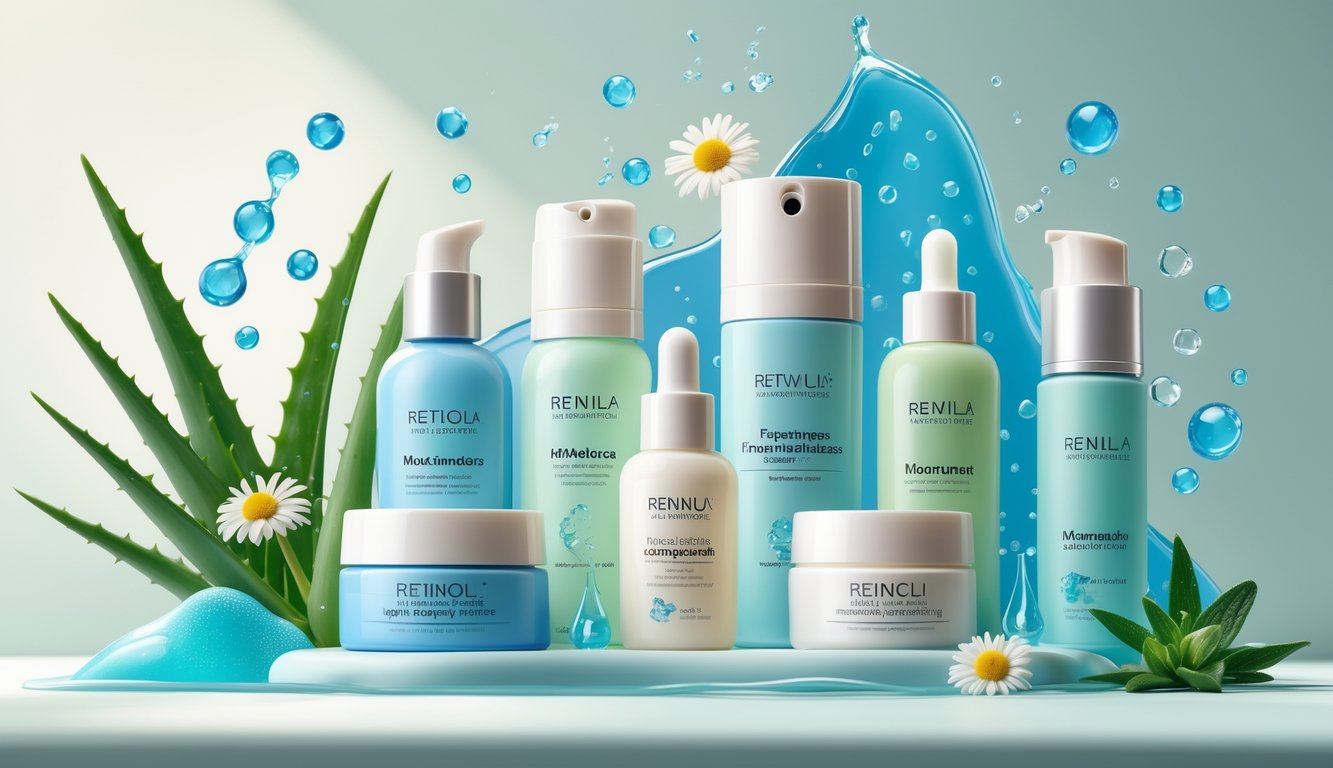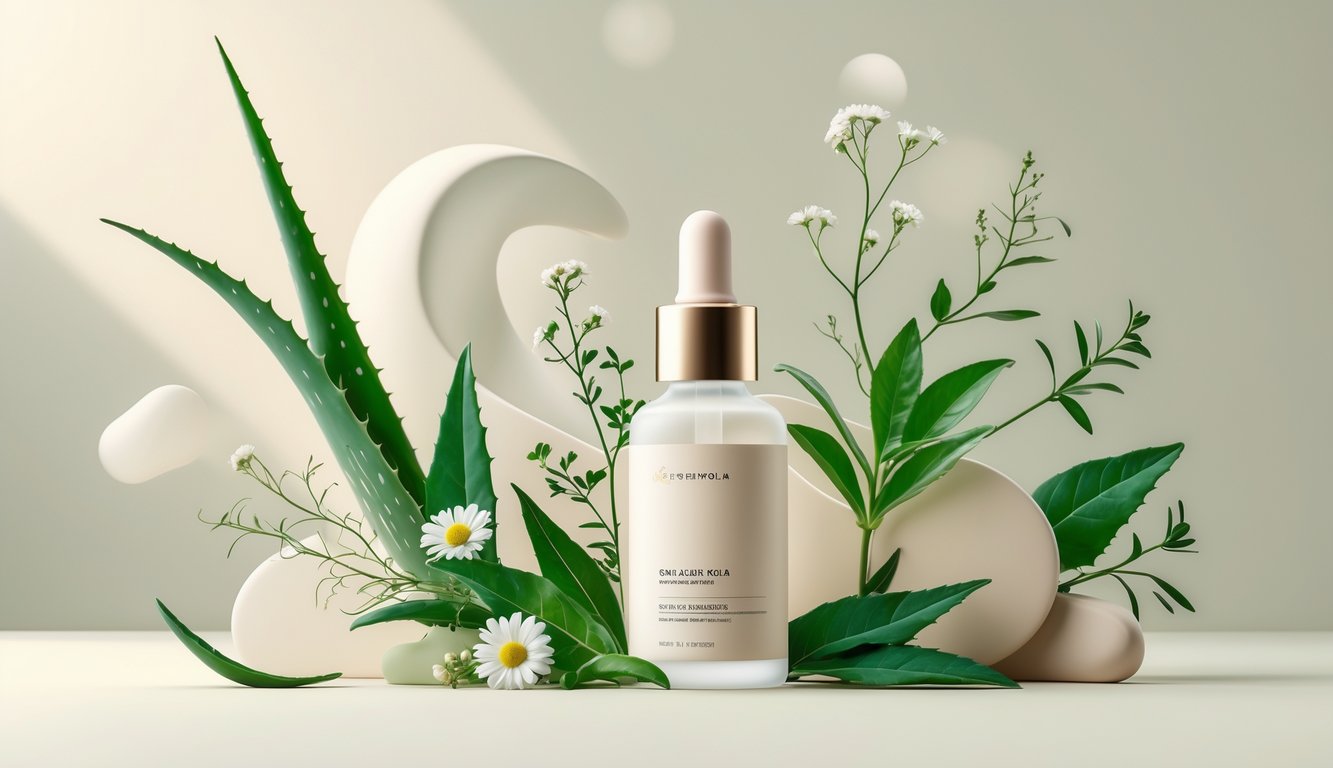Retinol Alternatives Dermatologists Quietly Endorse for Sensitive Skin
Vitamin E as a Gentle Protector
Vitamin E. Why do people ignore it like it’s the parsley on your plate? Old-school derms love it, and honestly, when it’s mixed with vitamin C, it stops free radicals and keeps your skin from drying out. Every “barrier cream” sneaks it in for a reason. A 2022 study (Journal of Dermatological Science) says it helps with post-inflammatory hyperpigmentation. I mean, I’ll take it.
Texture’s a gamble, though—sometimes it’s so greasy I feel like I dunked my face in salad oil. Paula’s Choice Clinical Ultra-Rich Moisturizer is my go-to when I’ve nuked my skin with actives. Vitamin E sticks around in your skin’s lipid layer, way longer than those watery serums that vanish before you even finish rubbing them in.
Use it with SPF and you’re golden. If it just sits there, don’t bother. Patch test, always. I once blamed my cat for clogged pores, but nope, it was the vitamin E. Also, natural forms can cause rashes—keep hydrocortisone around just in case.
Natural Oils Rich in Antioxidants
Sea buckthorn, rosehip, carrot seed oil—why do these sound like something out of a fantasy novel? Still, they’re basically antioxidant cocktails: sea buckthorn’s got vitamin E and carotenoids, rosehip is loaded with vitamin C, carrot seed oil is all about beta-carotene. I tried all three once and looked like I face-planted in a sunset. Next day, redness gone. Can’t explain it.
Heads up: sea buckthorn stains everything. Seriously, towels, pillowcases, shirts—nothing is safe. Rosehip soaks in fast, and Dr. Marmur (InStyle, 2024) says it rebuilds skin lipids without making things worse for eczema. Carrot seed oil? Smells weird, but didn’t break me out. That “natural SPF” claim is mostly wishful thinking, though—don’t skip real sunscreen.
Buy fresh oils. If it smells off, don’t risk it. I ignore expiration dates way too often, but expired oils really can cause breakouts. Learned that the hard way.
Moisturizers and Hydration-Focused Retinol Alternatives

Every “moisturizing” retinol alternative promises comfort, but somehow my skin still ends up tight and cranky. Why? No idea. Layering hydration helps, but suddenly you’re juggling fatty acids, ceramides, and humectants like glycerin or squalane, and it’s all a blur.
Supporting the Skin Barrier
Everyone swears their moisturizer is “barrier-friendly.” But when derms start whispering about fatty acids and ceramides (CeraVe, La Roche-Posay Toleriane—yeah, those), they’re onto something. Dry, reactive skin needs more than a splash of water; it’s about the lipid layer. Dr. Patel once said, “A compromised barrier lets irritants and moisture out; fatty acids reinforce the natural barrier.” Makes sense, but then fragrance sneaks in and ruins everything.
I spent last winter slathering on squalane-heavy creams, and for once, my skin didn’t peel. Labels like “omega fatty acids,” “phytosphingosine,” or “cholesterol” aren’t just science-y nonsense—they’re actually useful, especially after a retinoid meltdown. So, instead of another silicone shield, maybe try something that mimics what your skin’s already made of. Just don’t do it after microdermabrasion unless you want regrets.
Humectants Like Glycerin and Squalane
Hydration. Everyone jokes about drinking water, but it’s glycerin and squalane that actually make a difference on your face. Glycerin grabs water from the air (or your own skin, which is weird). Some studies say skin moisture jumps 25% with regular use. I never trusted sticky serums until Curel’s Japanese Glycerin Essence, but it’s also in basic stuff like Neutrogena Hydro Boost.
Squalane’s strange—not quite a humectant, not really an oil. I layer it over actives and don’t feel suffocated. It’s in our skin already (about 12% of human sebum, apparently) and rarely causes breakouts. Dr. Shah told me squalane is her “go-to for oil-phobic patients.” The simplest combos always work best, even when the $90 serum flops. And those “waterless” hydration routines? Never made sense. Still don’t.
Soothing Actives: Anti-Inflammatory Choices for Calmer Skin

Last night I stared at ingredient lists for way too long and kept coming back to three actives—one derms love, two I tried myself (outcomes: mixed, as usual). “Redness,” “pigmentation,” “exfoliation.” Not exactly inspiring, but they can do things for sensitive skin.
Niacinamide for Redness and Pigmentation
After a heatwave walk left my cheeks blotchy, I slapped on a 5% niacinamide serum—my dermatologist once said, “It’s not sexy, but it works.” No sting, no drama, and after two weeks, the red patches faded. Not gone, but better.
Niacinamide (vitamin B3 for label nerds) does more than calm redness. There’s a British Journal of Dermatology study (2006, I think?) showing barrier repair and up to 68% less inflammation after eight weeks. I don’t believe in overnight miracles, but my splotches faded faster and old acne marks got less obvious, at least when I remembered to use it daily.
Sensitive formulas stick to 2–5%. If you can’t handle acids, this is your friend. It doesn’t exfoliate, just calms and evens out skin tone. I’ve used it after lasers, retinol disasters, even under makeup—nothing catastrophic. The Ordinary and La Roche-Posay both have solid versions, but honestly, it’s everywhere now.
Azelaic Acid’s Dual Action
Walked into a Berlin pharmacy and saw azelaic acid everywhere—like, why is this so normal there? The pharmacist barely looked up: “Antibacterial, anti-inflammatory, for redness and spots.” My skin? Less angry, less pigmented, not suddenly perfect, but my rosacea patches actually calmed down after a month.
Derms love this stuff for melasma and PIH, especially at 10–20%. Dr. Ranella Hirsch said, “It’s tolerated even by those who can’t touch glycolic.” But it foams weirdly with some moisturizers—don’t mix with silicone creams. For me, dull brown marks faded, but if you want instant results, you’ll be disappointed.
Never use it on open skin—it stings. Compared to retinol, which gave me breakouts I still remember, azelaic acid is boring but effective. Paula’s Choice 10% Azelaic Booster? Not perfect, but it works.
Lactic Acid’s Gentle Exfoliation
Look, I’m still annoyed by all those “gentle” exfoliators piling up in my cabinet—half of them left my face peeling like a sunburned tourist. Lactic acid, though? That’s the only one I can use every third night without waking up furious at my own skin. It’s an AHA, comes from milk (no, vegans, it’s not from cows anymore), and it manages to clear away dead skin without that raw, sandpaper aftermath glycolic acid always gave me.
Ask three dermatologists—two will say lactic acid is the move if you’re fighting uneven texture or redness. It’s not just about scrubbing off debris; apparently, it pulls water into your skin, so you get exfoliation and hydration at the same time. Dr. Kavita Mariwalla said that somewhere (Real Simple, maybe?). I put Sunday Riley’s Good Genes on my flaky spots and, honestly, woke up not looking like a tomato for once. Hyperpigmentation? That takes forever, sometimes months, but my skin feels smoother and less like a stretched-out balloon.
If your skin is touchy, stick with 5–10%. Anything higher, like those med spa peels, and you’ll regret everything. Ignore anyone selling “overnight glass skin”—lactic acid is about those boring, slow, invisible improvements you only notice when your makeup suddenly sits better.



